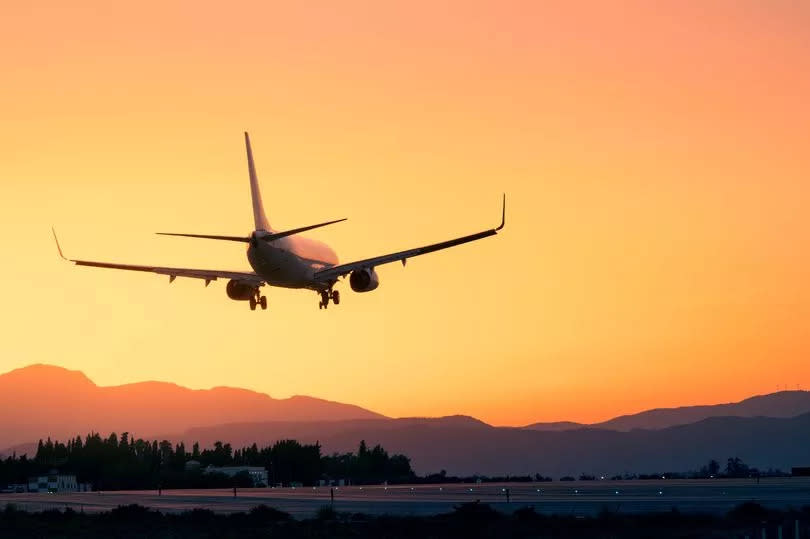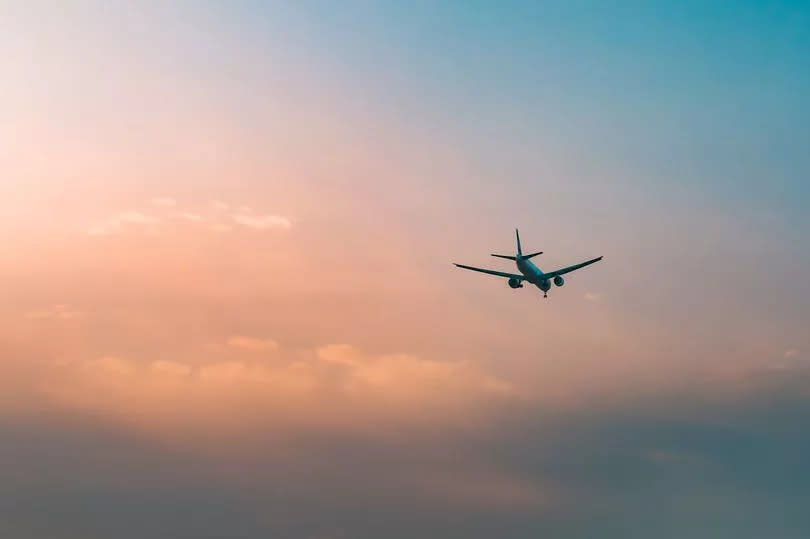What causes turbulence on planes, is it dangerous and travel advice for passengers

Following the news that a 73-year-old Brit died onboard an extremely turbulent flight to Singapore earlier today (May 21), many of us will be wondering about safety. Incidents of severe turbulence such as that seen on board flight SQ321 are very rare.
Nevertheless the Civil Aviation Authority does have guidelines for keeping yourself safe from unexpected turbulence when flying. Geoffrey Ralph Kitchen, 73, from Thornbury, Gloucestershire, is thought to have been violently hurled around and died from a heart attack as the plane experienced severe turbulence with little warning for people to get back in their seats.
The flight was destined for Singapore but had to be diverted to Bangkok when several people were injured, seven of whom are 8in a critical condition. Below we answer some key questions about turbulence on planes.
READ MORE: Live: Singapore Airlines victim named as neighbours pay tribute to 'really nice' dad, 73

What is turbulence?
Turbulence is the feeling that the plane is being jolted around, a similar feeling when a car drives over a pothole. It mostly happens when travelling through clouds, caused by up-and-downdrafts of wind.
It's often fairly mild, but if it is a thunderstorm cloud then the turbulence can be more severe. Sometimes however, the turbulence is a little more complicated and happens when the plane is not in a cloud - known as 'clear air' turbulence.
This happens around the jet stream, which is in-effect a fast flowing 'river' of air, usually found at around 50,000 feet.
Where are the most turbulent areas?
Turbulence-forecasting website Turbli says the trip between Santiago and Viru Viru International airport in Bolivia was the most turbulent journey last year. Domestic routes in China and Japan are often very turbulent too.
Is it dangerous?
Not in itself, as it's just bursts of air. But it can be dangerous for passengers on board who can be thrown around, as was seen today. This is why pilots recommend wearing your seatbelt during your flight, as sudden turbulence can launch you into the air.
What can I do to stay safe?
All you can do to minimise the chance of injury is to keep your seatbelt on. As previously mentioned, pilots recommend seatbelts are worn throughout the journey in case of unexpected turbulence. This is based on guidance from the Civil Aviation Authority.
You have to wear it during take-off, landing, and during unexpected turbulence. But to avoid being caught out by a sudden bout of turbulence, it's advisable to keep your belt on while in your seat, even when the seat belt signs are switched off.
If you think you will fall asleep during your flight and have a blanket, it’s recommended you fasten the seatbelt over the blanket so cabin crew don't have to wake you should a sudden necessity to wear the belt arise.
Got a story? Please get in touch at rafi.benady@reachplc.com
Get the biggest stories from around London straight to your inbox. Sign up to MyLondon's The 12 HERE for the 12 biggest stories each day.

 Yahoo News
Yahoo News 
